Gallery Events
Jun
252017 |
Dr. Frank KyteEltanin, the largest meteorite of which intact fragments are preservedLocation: Geology 3656 The largest recovered meteorite was discovered at the bottom of the Pacific Ocean about 1500 km west of the southern tip of South America. It has been documented by sediment cores collected during a series of German oceanographic cruises. About 2.5 million years ago a one-kilometer-diameter asteroid impacted the ocean and deposited more than one kilogram of meteorites per square meter over thousands of square kilometers. About 90% of this was melted by the shock of the impact, but 10% is undamaged meteorite fragments. 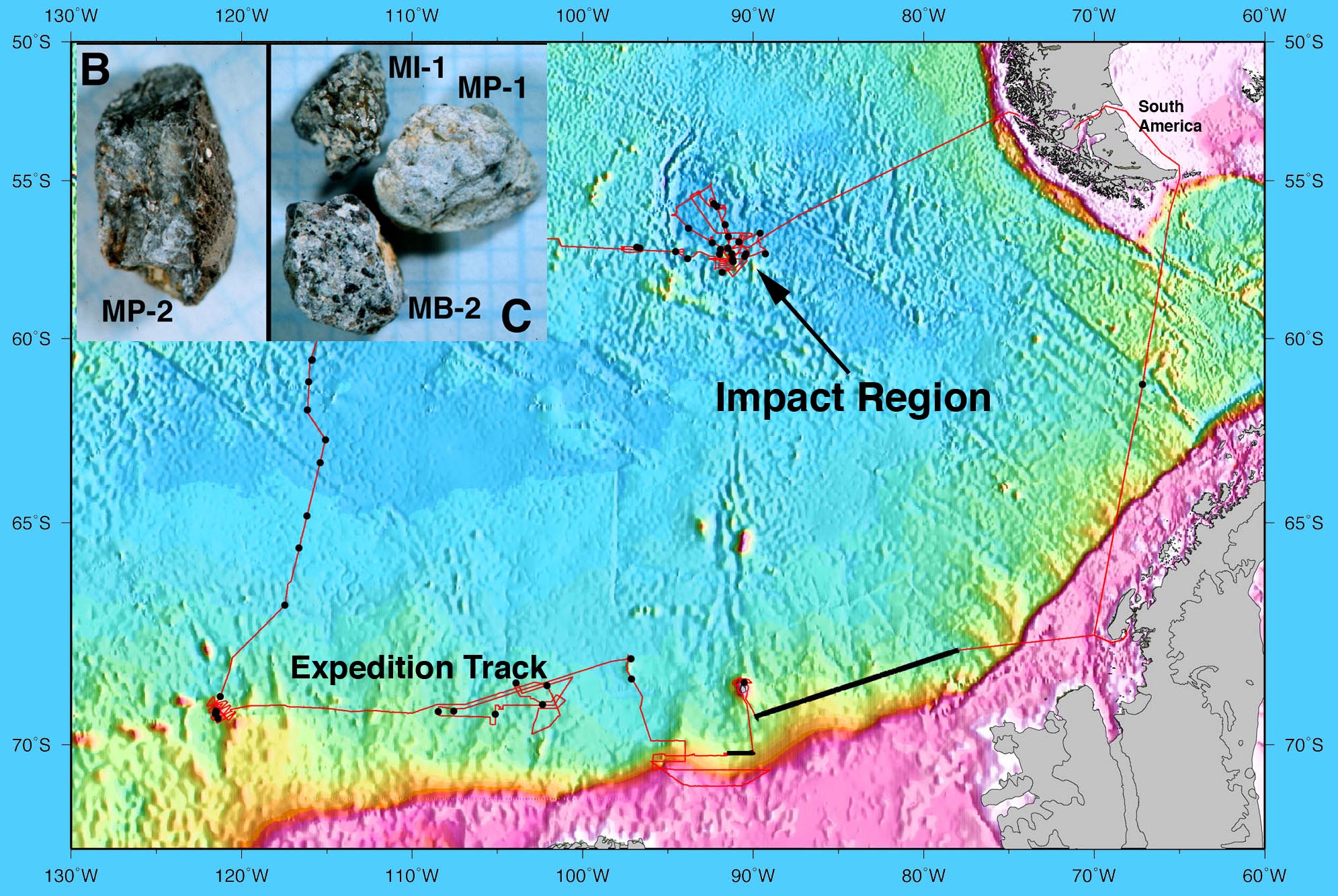
|
May
142017 |
Prof. Kevin McKeeganThe Great American Eclipse of 2017Location: Geology 3656 On Monday, August 21, 2017, a total eclipse of the Sun will be visible in the continental United States for the first time in almost 40 years. During a total eclipse the Sun is completely hidden by the Moon, the sky becomes dark, and the faint atmosphere (corona) becomes visible - looking like a beautiful halo. The eclipse will be total along a track stretching from Oregon to South Carolina. In Los Angeles the eclipse will be only partial with 2/3 of the Sun being eclipsed. Kevin will discuss a few historically important eclipses, some general eclipse phenomena, and where and how to view the total eclipse. Photo credit: NASA 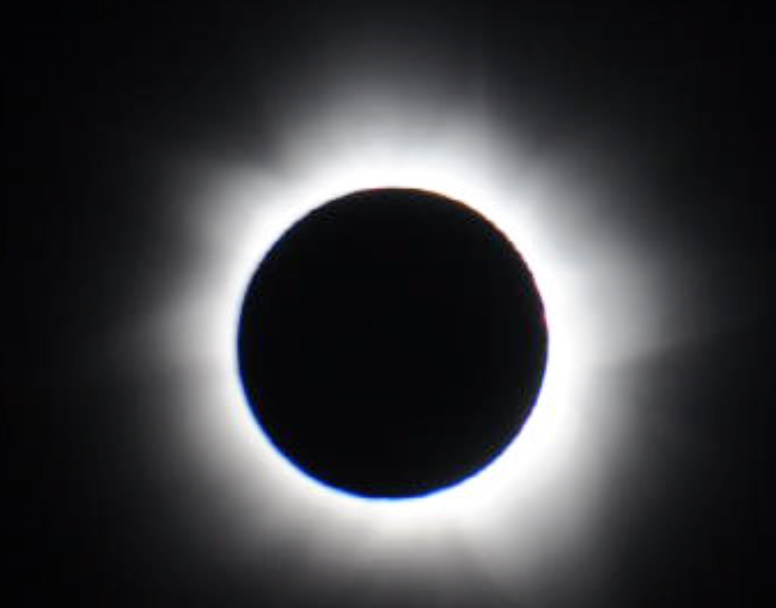
|
May
92017 |
Prof. John WassonIt Fell From The Sky!Location: Fowler Auditorium On April 3, 1916, the 139-pound Treysa iron meteorite fell in Germany. Witnesses reported hearing a thunder-like detonation and seeing a cloud of smoke as a result of the fall. Alfred Wegener, a pioneering geophysicist who hypothesized continental drift, used eyewitness reports to calculate where the meteorite came down. After a suspenseful year-long search, the meteorite was extracted about half a mile from the predicted location. Meteorite falls are spectacular and captivating. Fragments that can be found in our backyards connect us all to far-off worlds and the origins of the solar system. Come and hear more about their impact throughout history and today. The event is free and open to the public. Reserve your seat today at meteorites.eventbrite.com! 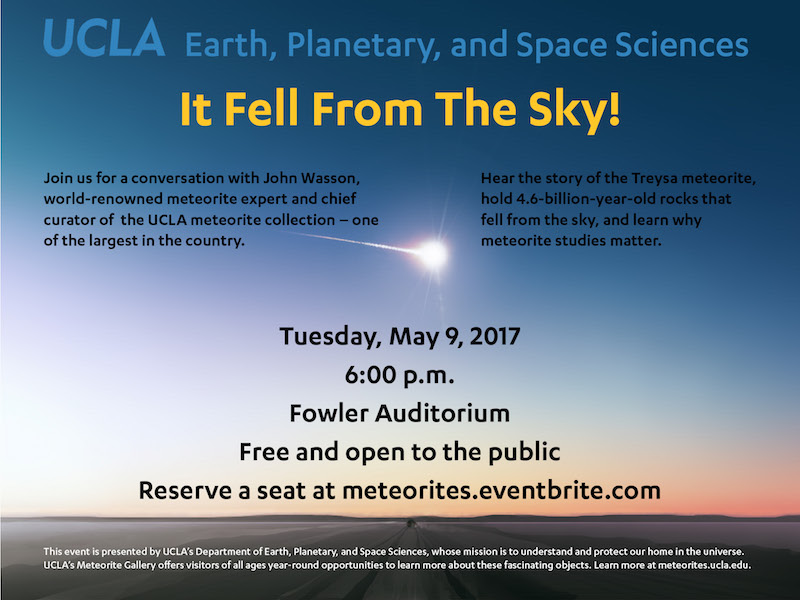
|
Apr
232017 |
Dr. Steve ChesleyThe Osiris Rex sample-return mission to the asteroid Bennu, a probable source of carbonaceous chondritesLocation: Geology 3656 The Osiris Rex mission was launched in September 2016. It will rendezvous with Asteroid Bennu in 2018 and spend 1.5 years mapping the surface. It will then sample the surface and return 60-2000 g to the Earth in 2023. It is the first US asteroid sampling mission. 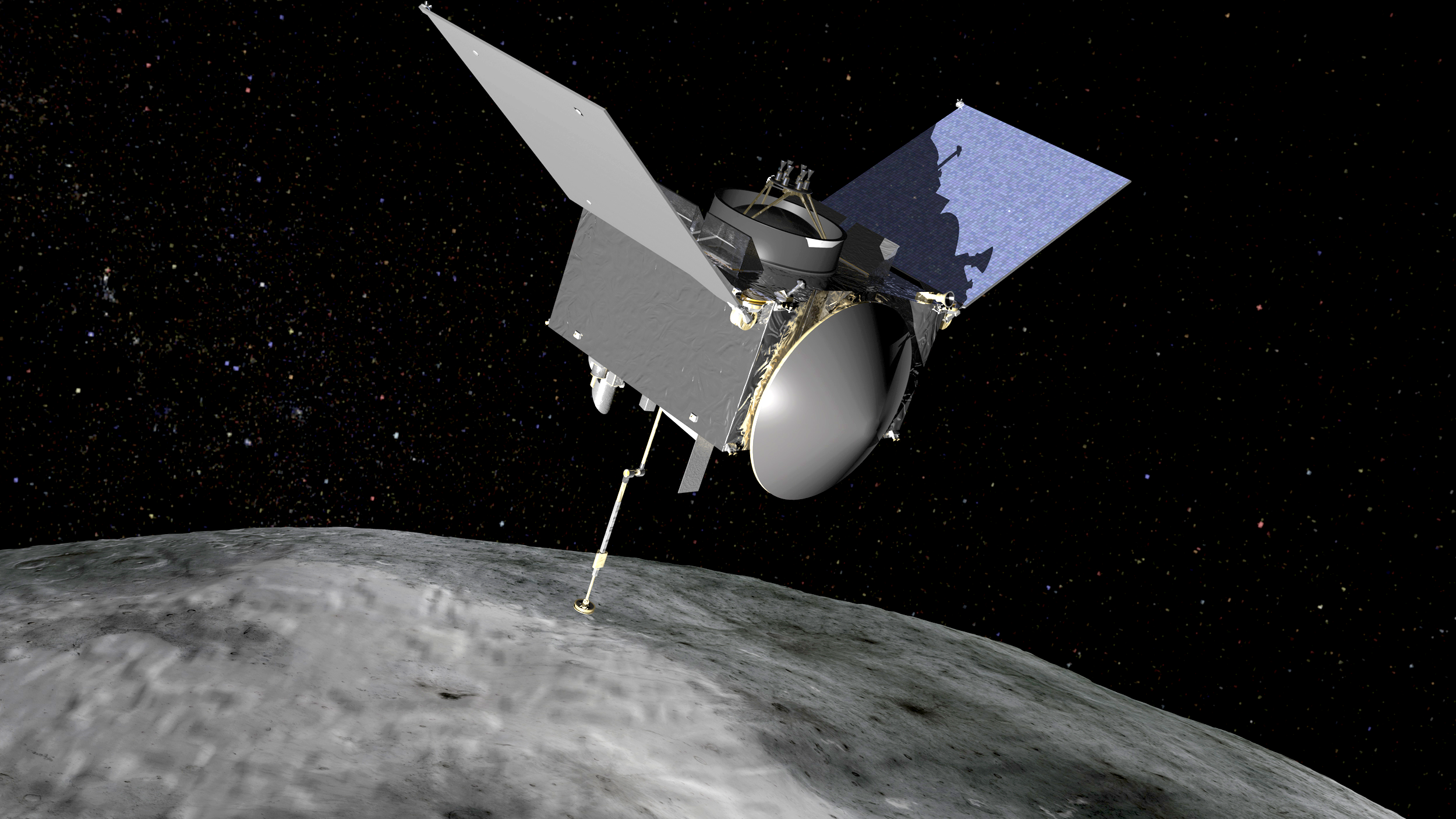
|
Mar
122017 |
Post-doctoral fellow Roger FuThe water-rich interior of dwarf planet CeresLocation: Geology 3656 By convention, solid solar system bodies are often classified as rocky (e.g., the Earth, the Moon, and Mars) or icy (e.g., Pluto and most satellites of the gas giants). However, new data from the NASA Dawn spacecraft has revealed that the dwarf planet Ceres, the largest object in the asteroid belt at 940 km diameter, does not fall neatly into these categories. He will talk about how the morphology and spectroscopy of the surface point to a composition of less than 30% water ice with the remaining >70% consisting of rock and salts. Even so, intriguing features observed on Ceres suggest localized regions enriched in sub-surface ice and, possibly, the existence of an ancient global ocean during its early history. Picture credit: NASA/JPL-Caltech/UCLA/MPS/DLR/IDA 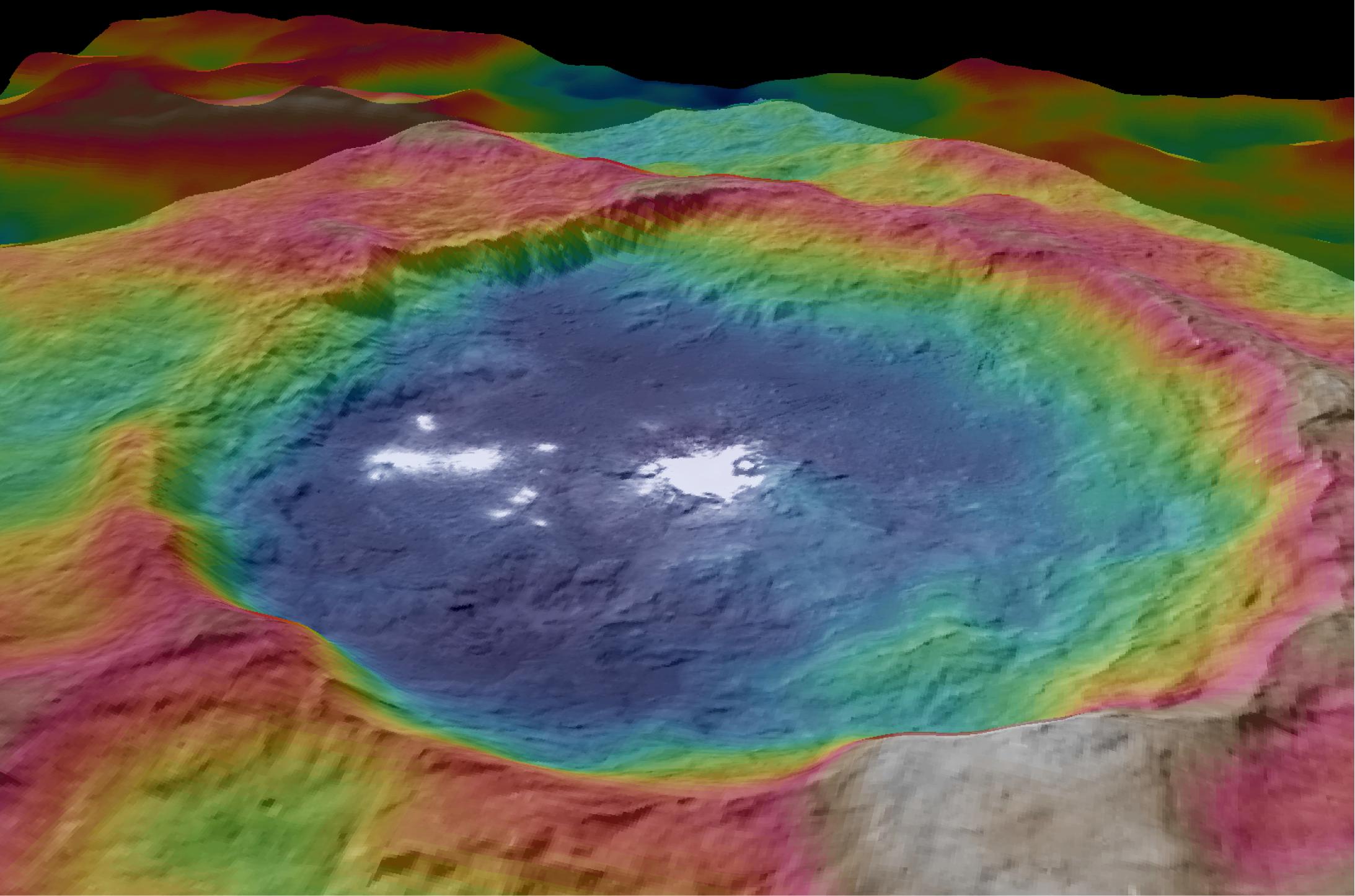
|